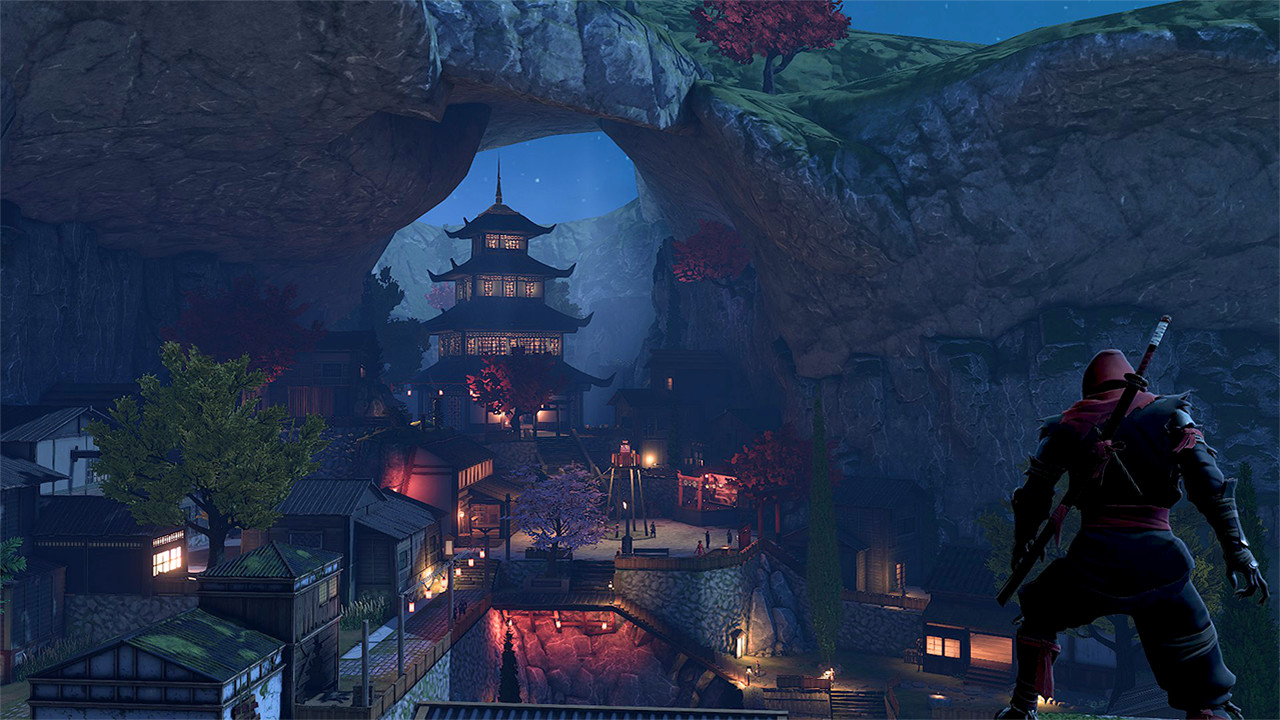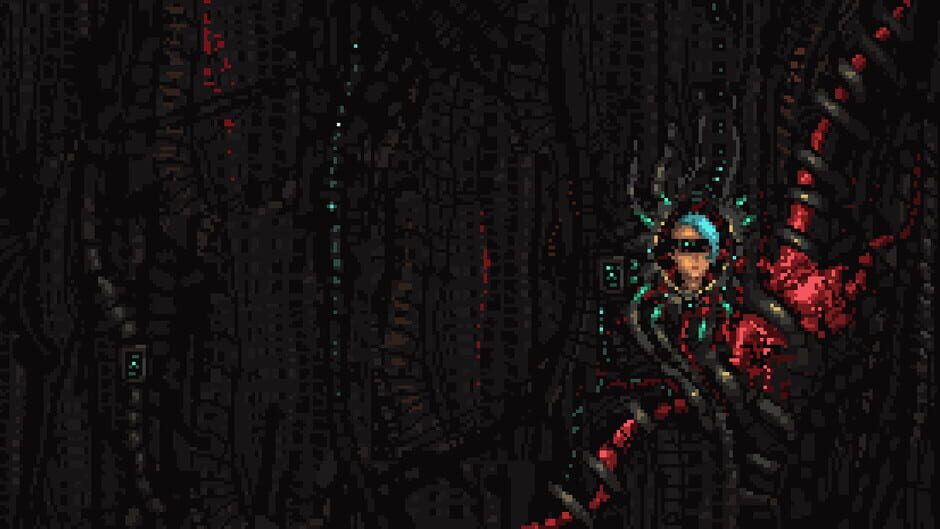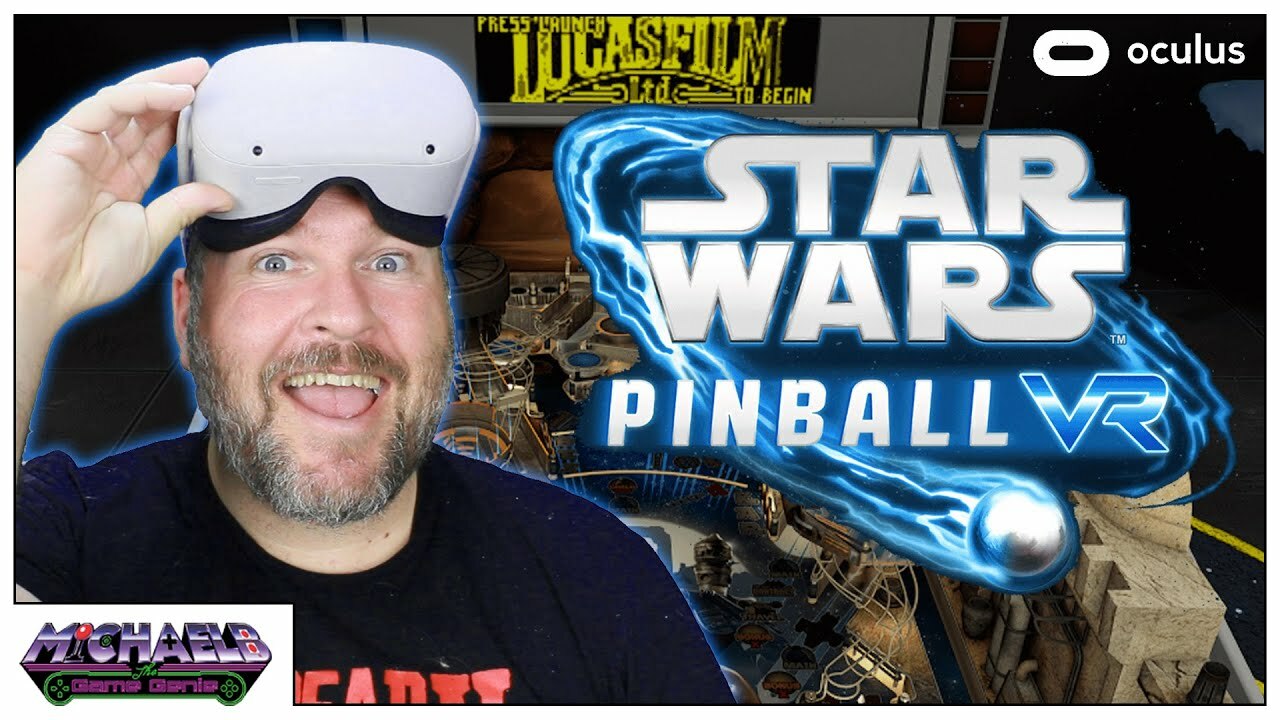Share
I’m in two long-distance relationships at the moment. One is with my amazing girlfriend who is studying abroad currently, and the other is with my amazing copy of F-Zero GX that I didn’t bring to college with me. In the year 2021, there are good ways to maintain a loving long-distance relationship. So, my girlfriend and I are doing great. But my copy of F-Zero GX and I? Well, it doesn’t know how to do video calls, which makes things difficult. So regrettably, I’ve been cheating on it by playing the original F-Zero through SNES Online instead.
Now, the first F-Zero is no X or GX – not by a longshot. Nonetheless, it’s a distilled hit of high-speed sci-fi racing that feels surprisingly excellent thirty years later. This isn’t a great surprise in a vacuum considering that so many SNES titles are bona fide masterworks that still chart among the top games of all time. But, F-Zero belongs to a special class that doesn’t fare as well as many fourth-gen favorites: the Mode 7 class.

For the uninitiated, Mode 7 is a technique used to create pseudo-3D graphics through the process of… somethingsomething rotating and scaling somethingsomething. Yeah, I’m far from a technical genius. If you’re curious about the nuts and bolts of Mode 7 itself, I’d recommend checking out this SNES Lab breakdown. Otherwise, all you really need to understand from the player’s perspective is that Mode 7 is a bit of magic that manipulates background layers (again, see SNES Lab) to create what is effectively the illusion of 3D. This is not to be confused with the Super FX chip who’s horsepower allows for rudimentary polygons and truer 3D gameplay – think Star Fox or Stunt Race FX. Sidenote: that cartridge chip is an incredibly revolutionary and underappreciated piece of kit, and this Nintendo Life interview is a great lens into it.
But Super FX was a later and rarely used bit of the SNES experience. Mode 7 was far more ubiquitous from launch day forward. I’d consider there a holy trinity of Mode 7-heavy games: F-Zero, Pilotwings, and Super Mario Kart. Of course, more games like Final Fantasy VI and A Link to the Past utilize this technology also, but treat its rotation and scaling techniques as additive design elements. The trinity, though? They’re showboats Mode 7’s cornerstone hardware innovations. Unfortunately, they don’t all utilize the feature evenly. In the pursuit of demonstrating what the SNES could do in a “3D” space, developers did not stop to consider what the SNES should do with respect to Mode 7. And, well, that’s a big difference.
Mario’s motion sickness
Super Mario Kart, from my perspective, represents the absolute excesses of Mode 7. Now, yes, I know this game is beloved by those who grew up with it. Super Mario Kart is, like Mode 7 itself, ahead of its time. The Mario Kart franchise is not only perhaps Nintendo’s most lucrative series, but also one of my favorites. So with that asterisk placed, here’s the deal. I find Super Mario Kart to be nauseating. This game has been totally obliterated by time largely because it does not scale back to account for the limitations of its hardware.

Visually, the game is a slurry of chaos that I genuinely cannot play for longer than a few races at a time. Back when I was playing Super Mario Kart through the Wii Virtual Console on a CRT as an elementary schooler, I didn’t find this game that affecting. As an adult playing this game on Nintendo Switch, it’s just trouble. My good friend Tucker and I attempted some multiplayer matches across SNES Online a few months ago, and we simply could not finish out the session. Super Mario Kart‘s cluttered design is not conducive to the SNES’ already-jarring pseudo-3D effect.
Since the allure of Mode 7 is illusory, overloading the screen at the incorrect tempo is a recipe for disaster. Super Mario Kart does just that. The racing itself moves at a fairly slow simulated speed, right at the velocity where the shifting geometry is stark, particularly without the gentle fuzziness of a CRT blending the visuals (as I learned, the tech relied heavily upon the scanlines of CRT displays). This redrawing is just too much on an HD display. Additionally, the tracks have a surprising level of detail which likewise compounds the problem. Thwomps, pipes, you name it – this game is surprisingly busy. On one hand, that’s impressive. From a playability standpoint though? Not so much. Modern displays simply clarify just how far Super Mario Kart pushed the envelope, rendering racetracks in a manner that overloaded the now-quaint concepts behind Mode 7. This combined with fairly questionable hit detection for the famous item system and overall slippery controls results in a dizzying beginning to our trip back in time.
wait, where’s the runway?
Beyond the overbearing visuals and tenuous game feel, Super Mario Kart also struggles retrospectively from an issue with spatial relationships when trying to nail Donkey Kong with a red shell, a problem that is far more apparent in Pilotwings. This is a quirky little game. Pilotwings is perhaps the epitome of a D-Tier Nintendo series, but one that came onto the scene as a launch-day technical showcase. It’s a flight sim, and a surprisingly robust one at that. Now, it’s nowhere close to the granular flight sims that I used to watch my dad play on his PC when I was a little kid. But, Pilotwings extracts a lot of nuance out of its hardware and controller.

The Light Plane, one of the game’s many rides, is a great example of this. You have to account for pitch, altitude, speed, and other factors as you gingerly guide your biplane about. This is not an arcade experience, contrary to most of Nintendo’s vehicular games. I was surprised by the depth of the simulation elements and the weightiness to every movement. But man, is Pilotwings a chore to play. Unlike Super Mario Kart, Pilotwings is easy on the eyes. The game recognizes that Mode 7’s strength is not aesthetic complexity. So detail here is spare, and that’s for the better. The problem though, like I said before, is that judging distance is a frustrating endeavor.
Due to the simulated nature of Mode 7’s 3D effect, “depth” is a nice idea more than anything. The result of that is a flight sim which asks you to land on targets and fly through rings that seem to not be anchored in space. I’d do a skydive above a ring with the expectation of dropping right through it, only to get closer and realize that my judgement of distance was so far off. It feels like Pilotwings wants Mode 7 to do more than it really can. The tech can’t support the depth of simulation that Pilotwings hopes to achieve. While certainly more playable today than Super Mario Kart, it’s nonetheless another poignant example of Mode 7’s limitations. I had to keep fighting against this issue of perspective, and I dropped the game before long.
mute city mania
But not all hope was lost in my journey through Mode 7 land. As we’ve been building toward, it’s F-Zero that finally gets the tech just right. Speaking first to Super Mario Kart and Pilotwings‘ shortcomings, F-Zero manages to solve the issues of both in large part. To the former, F-Zero’s tracks are barren. They’re largely devoid of the clutter which drags Super Mario Kart down, focusing on a clean aesthetic to engage the players. To the latter, well, F-Zero still struggles with spatial relationships somewhat. Colliding with other racers still feels a bit haphazard due to the inauthenticity of these 3D spaces. But, the handy Check system helps some, as does the fact that collision is secondary to cornering in terms of gameplay focus here. Since the title doesn’t feature items like Mario Kart or anything like Pilotwings‘ ring checkpoints, precise targeting is not necessary. F-Zero succeeds by being narrow in focus. This is a game purely about blistering speed and driving skill.
F-Zero understands that Mode 7 simply is not strong enough to buoy a complex experience. Its tracks are wide enough to be forgiving given the context of their 3D creation, but complicated enough in turn layout so that they offer a stiff challenge. F-Zero is not easy – not by any stretch. But, the game is rewarding in its ability to set you at the foot of the skill mountain and ask you to climb. And, due to the sparseness of its design, your ability to succeed is predicated solely on your evolving skill.

I could never blame the excesses of overextended design for my mistakes here. Super Mario Kart’s chaos stretched Mode 7’s capability until it snapped, to the point where I was fighting the game’s construction as well as the other racers. That wasn’t my experience with F-Zero by merit of its simplicity, and so I never felt discouraged by the game itself. I felt discouraged because I was getting my ass handed to me, yeah. But improvement in F-Zero wasn’t locked underneath a game that felt like a technical showcase fumbling with its own demonstration. F-Zero clearly illustrates how minimalistic design could push the SNES’s boundaries while remaining fun today.
That’s an important point to close on – the position of my criticism. I’m writing from a 2021 perspective. Through a 90s lens, all three of these games are staggering achievements. However, only one remains a timeless classic in my opinion. And oddly, F-Zero accomplishes this by doing less than the other two. Super Mario Kart’s density and sheer number of moving parts is more impressive on paper than F-Zero. The complexity of Pilotwings’ simulation elements is more dynamic than F-Zero. Super Mario Kart and Pilotwings are robust showcases for this tech, undoubtedly.
But ultimately, the success of these two is a particular kind of success, one with a shelf life that has passed by now. Mode 7 is only impressive as a historical invention. Obviously, there is nothing special about the ability to play in a 3D space anymore, and shifting gameplay standards undercut this pair’s novelty. But, it wasn’t the job of either Super Mario Kart or Pilotwings to future project their playability three decades into the future. It was their job to push boundaries then, not to be enjoyable now. However, F-Zero managed to weave around its peers and prove that simpler game design does not mean worse design. Sometimes, it means timeless design, particularly in retrospect. This simplicity is why I can return to the title now and still have a wonderful time. Oh, and that kicking soundtrack does a lot of heavy lifting, too.




